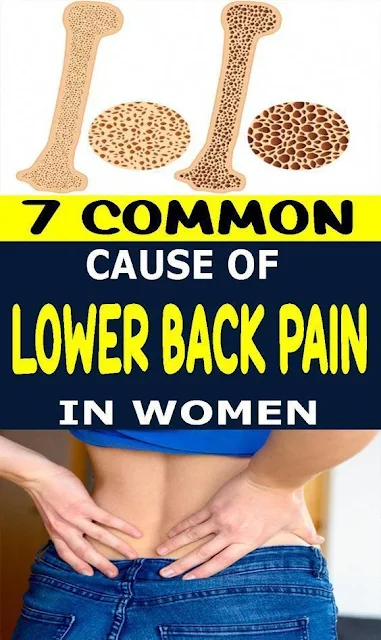In addition to problems with the spine and other internal organs, such as the stomach, ovaries, kidneys, and so on, the lower part of your back may experience excruciating pain.
Although the two people experience the ill effects of lower back torment, the female pelvis is progressively confused. That is the reason ladies experience inconvenience in the back more regularly than men. It might be likewise about hormonal changes in the female creature, which happen normally over the span of life or as a result of certain medical issues.
Things being what they are, women, what are the most incessant purposes behind torment in the lower back?
Muscle Strains and Ligament Sprains:
One of the leading causes of lower back pain in women is muscle strains and ligament sprains. Overexertion, improper lifting, sudden movements, or poor posture can strain muscles and ligaments in the lower back, leading to discomfort and pain.
Pregnancy:
The structural and hormonal changes that occur during pregnancy can often result in lower back pain. As the uterus expands, it shifts the woman's center of gravity, leading to increased stress on the lower back. Hormones like relaxin also relax the ligaments, contributing to instability and discomfort.
Menstrual Cycle:
Many women experience lower back pain in the days leading up to and during their menstrual period. Hormonal changes during the menstrual cycle can cause the uterine muscles to contract, leading to referred pain in the lower back.
Endometriosis:
Endometriosis is a condition where tissue similar to the uterine lining grows outside the uterus. It can cause significant pelvic and lower back pain, especially during menstruation, as the tissue responds to hormonal changes.
Osteoporosis:
Osteoporosis, a condition characterized by weakened bones, can lead to fractures in the vertebrae. These fractures, known as vertebral compression fractures, can cause severe lower back pain in women, especially postmenopausal women, whose bone density decreases.
Herniated Discs:
Herniated discs can occur when the soft inner material of a spinal disc pushes through the tougher outer layer and presses on nearby nerves. This can result in sharp or radiating pain in the lower back, often accompanied by numbness or tingling.
Stress and Emotional Factors:
Emotional stress and psychological factors can contribute to lower back pain in women. Stress and anxiety can lead to muscle tension and discomfort in the lower back region.
Prevention and Management:
Maintain Proper Posture: Practicing good posture while sitting, standing, and lifting can significantly reduce the risk of lower back strain.
Exercise Regularly: Engaging in regular physical activity, including exercises that strengthen the core and back muscles, can provide support to the spine and prevent pain.
Lift Safely: When lifting heavy objects, use your legs and not your back, and avoid twisting motions.
Use Proper Mattress and Pillows: A supportive mattress and pillows that promote spinal alignment during sleep can alleviate and prevent lower back pain.
Manage Stress: Incorporating stress-relief techniques such as yoga, meditation, or deep breathing can help manage emotional factors that contribute to lower back pain.
Seek Medical Advice: If the pain persists or worsens, it's essential to consult a healthcare professional. They can diagnose the underlying cause and recommend appropriate treatments or therapies.
Conclusion:
Lower back pain is a common complaint among women, often attributed to various factors including muscle strain, hormonal changes, and certain medical conditions. By understanding the causes and adopting preventive measures, women can take steps to minimize the risk of lower back pain and lead a more comfortable, active lifestyle. If the pain is persistent or severe, seeking medical attention is crucial for accurate diagnosis and tailored treatment.

